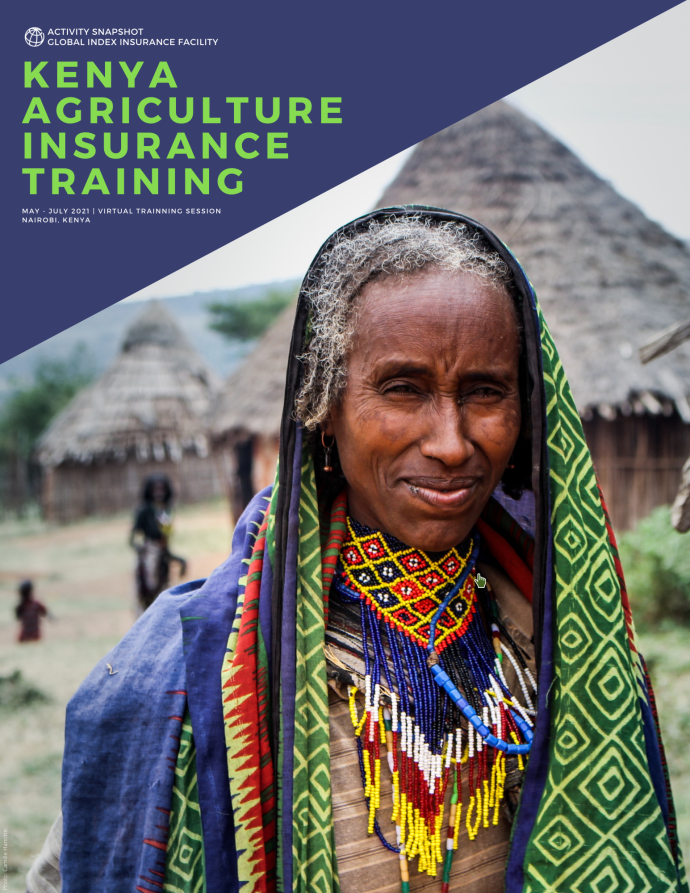Cities experience serious incidents that prevent them from continuing their normal functioning. Such incidences can range from flood or fire to severe outbreaks of epidemics. During such emergencies, the affected cities are saddled with increased risks, mainly when the disaster management team is not well prepared to anticipate, cope with, respond to, and help in the recovery of the affected communities. City authorities have a constitutional responsibility to recover from such incidents in the minimum amount of time, with minimum disruption and at minimum cost. The ability of Metropolitan
Sub-Saharan Africa
A risk profile of a public asset is an evaluation of the probability of the asset getting damaged depending on its exposure and vulnerability to a hazard. This determines potential risk reduction measures and the estimation of funds needed to protect the public asset, as a way of mitigating potential risks and threats. In addition, if there should be any residual risk after taking the necessary adaptation measures, these risks can then be transferred to third parties such as insurance companies. It is in public authority’s best interest to be proactive when it comes to risk profiling its
Date:
The Greater Accra Metropolitan Area (GAMA) suffers from rainrelated floods almost every year. This development is likely the result of several factors, including a rapid expansion of sealed-off surface, unplanned urbanization, weak infrastructure, inefficient waste collection and disposal system, as well as a changing climate with more intense rainfall events compared with earlier decades. GAMA is the economic hub of Ghana and is made of 29 metropolitan, municipal and district assemblies with an estimated 5.1 million inhabitants – making it the seventh-largest metropolitan area in Africa1
Rapid urban expansion in Ghana is impacting the environmental liveability and sustainability of the region. Measures to protect urban residents from emergencies and natural disasters are not keeping pace with this growth. Environmental risks such as floods and extreme heat have the potential to affect citizens’ livelihoods and health, damage infrastructure, and disrupt critical services. To respond to these risks, public authorities and other stakeholders must be better trained in risk management within an urban environment context. Urban resilience training and disaster risk management (DRM)
Date:
Ghana’s capital Accra is a significant business hub and has a high natural vulnerability to flooding. A combination of unplanned spatial developments, high percentage of paved areas, lack of proper solid waste management, and lack of maintenance for the drainage system result in frequent flooding during (but sometimes even outside) the rainy season. It is expected that climate change further aggravates this. Metropolitan, Municipal and District Assemblies (MMDAs) in the Greater Accra Metropolitan Area (GAMA) face significant challenges to finance reconstruction work after floods. The negative
Date:
The ferocious impact of flooding on livelihoods and property demands efficient and ecofriendly adaptation measures. The Greater Accra Metropolitan Area (GAMA), Ghana loses a huge amount of resources to flooding every year. Although various interventions and measures have been put in place to ensure that flood risk in GAMA is properly managed, some Metropolitan, Municipal, and District Assemblies (MMDAs) in GAMA face significant challenges to finance reconstruction work after floods. Chronic cash constraints mean that reconstruction of non-critical infrastructure is often delayed or not
Cities in Ghana, like anywhere else in sub-Saharan Africa, have grown substantially over the past decades. Rapid urbanization has outpaced the capacity of the authorities to plan and sustainably manage cities. Consequently, urban planning lags urban growth. Overall, the sprawling of towns has increased poverty and income inequality and has resulted in the growth of informal settlements and increased disasters. In Accra, flooding, fires, diarrheal disease have become perennial events. In recent years, there has been a high incidence of disasters occurring every year, leaving negative impacts on
08
Mar
Nairobi, Kenya, March 8, 2022 – The Global Index Insurance Facility (GIIF), launched a competition for technology-led enterprises in Africa to offer innovative solutions for agriculture and inclusive insurance and announced 3 top winners: Omishtu-Joy (Ethiopia), Rural Farmers Hub (Nigeria), and AgroTech+ (Kenya). Powered by Sankalp Forum, the Africa AgTech & Inclusive Insurance Challenge aimed to celebrate and support young entrepreneurs who are working at the intersection of agriculture, insurance, climate, and gender to build resilience for rural populations. The Challenge offered an
Natural disasters and their associated damages severely impact people around the world every year. Increases in exposure and vulnerability at a global level, linked to the multiple concurrent trends such as climate change, population growth and globalization of supply chains are making it imperative to find strategies to manage disasters more holistically. Integrated Disaster Risk Management (IDRM) is an approach for dealing with the risk and manifestation of natural disasters. It is characterized by a holistic perspective with regards to the various components of risk management. IDRM differs

ASSOCIATION OF KENYA INSURERS AND ASSOCIATION OF KENYA REINSURERS ORGANIZE THE KENYA AGRICULTURE INSURANCE TRAINING SESSIONS From May 10 th to July 29 th, 2021, the Association of Kenya Insurers (AKI) and the Association of Kenyan Reinsurers organized the ‘Kenya Agriculture Insurance Training’: a series of virtual training sessions focused on developing the agriculture underwriting skills of insurers, brokers, claims- and business development staff, analysts, actuaries, and students in agriculture and insurance. Webinars like this are aligned with the main sponsor (AKI)’s mission which seeks
